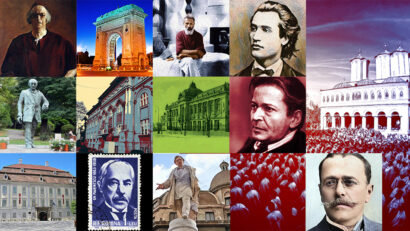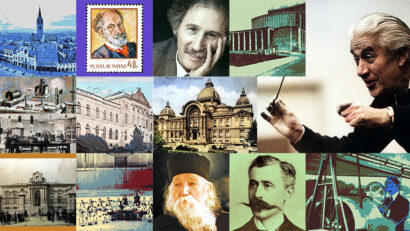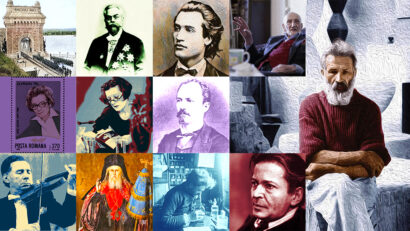The Sugalete Compound in Bistrita
As they settled in southern and northeastern Transylvania in mid 12th century, German settlers soon started building fortified settlements thus laying the foundations of urban life in Romania.

Ștefan Baciu, 11.06.2016, 12:20
The German population was concentrated in central Romania, in the depression area inside the Carpathian Arch, where we can find today the seven Saxon historical centres of Sibiu, Brasov, Rupea, Bistrita, Sighisoara, Medias and Sebes. Located in northern Romania, more precisely in the depression region in the northeast of the Transylvanian highlands, Bistrita was one of the most important medieval trade centers. First documented in 1241, the town was granted urban autonomy in 1355. The settlement could thus consolidate its reputation as a trade and crafts center run by a so-called ‘patriciate’ made up of all guild leaders.
Corneliu Gaiu, a researcher with the Bistrita Museum Compound, tells us how the town developed: “After 1330, when Bistrita was granted the right to elect its own leader and therefore have urban autonomy, the town received a series of facilities and privileges that consolidated its development. One such example is the development of crafts, and the first guilds in Transylvania were established in Bistrita in mid 14th century. The number of guilds increased in the following decades. Against the backdrop of the growing power of the town’s patriciate, the first wall constructions were erected in Bistrita in 15th century. Around the mid-15th century, most of the buildings located along the sides of the town square were given a new look to create the impression of more space, just as the town patriciate wanted.”
Some of those buildings can still be seen today and are grouped in the Sugalete compound, located in the town’s central square. The compound is one of the most important samples of urban medieval architecture preserved in Transylvania. Built between the middle of the 15th century and around the year 1660, these buildings belonged to some of Bistrita’s most prominent families such as the Peterman family, whose head was the leader of the armourers’ guild, the Kretschmer and the Eiben families.
Speaking again is historian Corneliu Gaiu, this time about the architecture of these houses:
“To create more living space and to provide better separation from the commercial market area where they sold their cereals, the owners had a series of open porches on the ground floor which provide an extension of the house on first floor. All these buildings thus create a coherent compound, even if they were not built at the same time and did not belong to the same owner. The model for such buildings can be found in Padua and Prague where similar constructions appear at about the same time. In Transylvania, these are clear examples of Gothic architecture. Some of these buildings have inscriptions with the construction date, such as the parish house and the Peterman house, both inscribed with the year 1480, when construction had already been finished. The other buildings in the compound date from the same period, although some of them saw Renaissance transformations and additions and others were restored during the Baroque period.”
The Romanian population called this group of buildings “Sugalete”, which is in fact a contraction of “Sub Galete”, meaning “Under the Buckets”. The vault of the porches reminded the customers who came to Bistrita to buy cereals of the shape of bucket turned upside down. Another explanation could be related to the fact that the bucket was the measurement unit for cereals in the Middle Ages. Regardless of the origin of the name, the Sugalete compound has become the trademark of Bistrita, reminding visitors of the vibrant trading life the town used to have.






























